"All happy families are alike; each unhappy family is unhappy in its own way"
Published in Neuroscience, Cell & Molecular Biology, and Public Health

This quote from Tolstoy’s “Anna Karenina” masterpiece enfolds the essence of our discoveries.
We know that prenatal psychosocial stress can leave lasting marks on the baby's brain and body, but we don’t always understand how. Unlike clear-cut causes such as genetics or infections, stress, especially psychological stress, is much harder to interpret—it’s invisible, often underreported, and deeply personal. Still, its biological fingerprints show up again and again, from altered brain structures to changed immune responses in newborns.
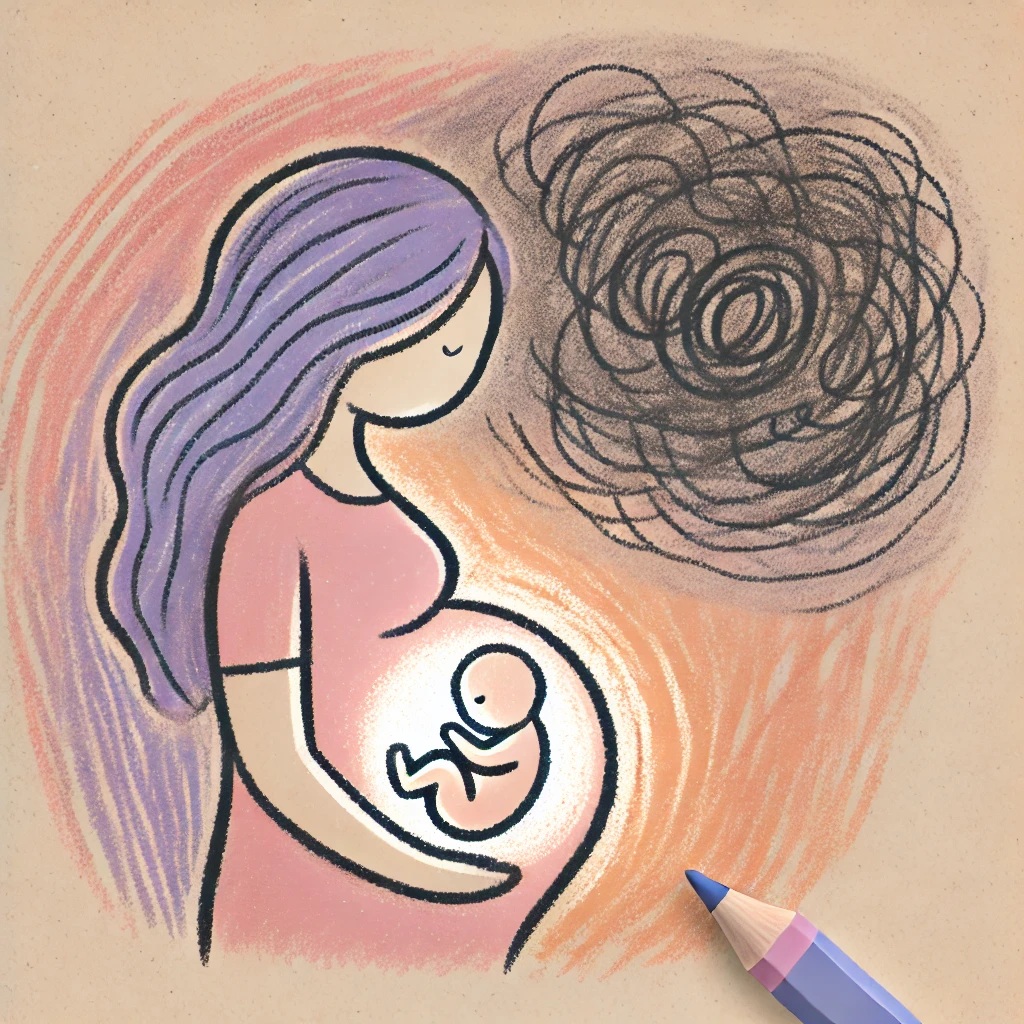
Our goal was to capture a snapshot of the influence of this type of stress on the newborn at birth, looking for markers that will not just reflect its effects but detect these traces as early as possible.
To do that, we turned to the smallest of messengers: tRNA fragments (tRFs).
tRFs: The molecular SOS of early life stress
If you remember your high school biology classes, you might remember that tRNAs are molecules that help assemble proteins based on encoding amino acids. In recent years, scientists discovered that when these molecules break down, it’s not merely cellular garbage – it can be gold. Specifically, tRNAs can be sliced into short pieces, called tRNA fragments (or tRFs), which act like little regulators, switching translation on and off in ways we’re still trying to understand.
Think of a tRNA as a Swiss army knife. It has structure, function, and folds on itself. But under certain conditions - like stress - it's chopped up into smaller pieces, each with a distinct signal. These fragments aren't random junk; they’re more like emergency messages, scattered through the bloodstream, reflecting the body’s internal state.
That idea of tRFs as biological SOS signals led us to wonder: could these fragments tell us what the fetus experiences in utero? Could they show us, in molecular form, the impact of maternal psychosocial stress?
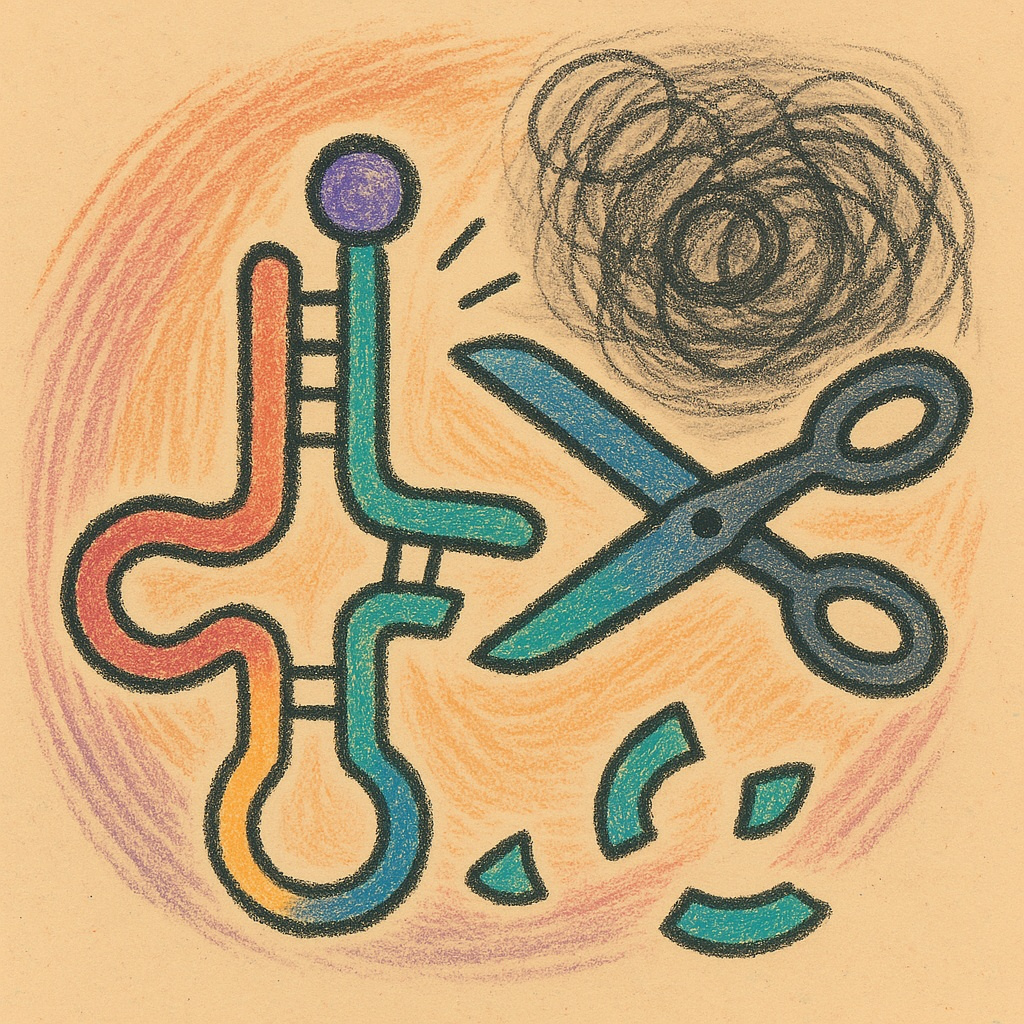
Stories written in blood
As part of the FELICITy study, our team collected blood samples from mother-newborn dyads at a hospital in Munich. The mothers filled out standardized stress questionnaires during pregnancy, allowing us to classify them into “stressed” or “control” groups based on their perceived stress levels.
Then, at birth, we looked into both maternal and umbilical cord serum. Why serum? It’s routinely collected, contains information on various states, and crucially, it's enriched with these tiny RNA messengers.
We used small-RNA sequencing to profile the RNA contents, focusing on the newborns first. The goal wasn’t just to identify individual tRFs, but to look at families of tRFs - grouped by origin (nuclear vs mitochondrial), parental tRNA coded amino acid, and their specific cleavage type.
Here’s where the story gets surprising.
No longer fragments, but families
A key innovation in our analysis was to stop treating tRFs like isolated molecules and start grouping them by shared characteristics. It’s a bit like analyzing a symphony: individual notes matter, but the patterns within entire sections - the strings, the woodwinds—reveal the deeper structure.
We found that these group patterns carry more information than any one fragment alone, influencing not just expression but also length. And they vary with sex, stress, and even between mother and her baby.
This approach could reshape how we analyse tRFs in biological systems. It's not just about the solos -it’s about the harmonies.
Mothers whisper, babies shout
While mothers’ serum showed almost no significant change in tRFs, their babies' samples told a much louder story.
We found that newborns of stressed mothers had significantly altered tRF profiles, and the changes weren’t random. Entire families of mitochondrial tRFs were reduced, particularly in female newborns. These were not one-off molecules, but coordinated shifts in groups of RNAs, acting like a biological choir singing a different tune to the signals of prenatal stress.
Meanwhile, male newborns responded differently. Their standout change wasn’t in tRFs, but in acetylcholinesterase activity - an enzyme that breaks down acetylcholine, a neurotransmitter tied to stress, cognitive processes, and inflammation regulation. Males showed elevated levels, suggesting their bodies may be ramping up to shut down cholinergic signaling after stress, potentially making them more vulnerable.
We felt like we stumbled upon a core sex-specific stress pathway unfolding. While both male and female newborns showed both effects, the females showed stronger tRF responses, suggesting more effective gene expression regulation, whereas male newborns showed stronger cholinesterase responses, suggesting stronger protein activities.
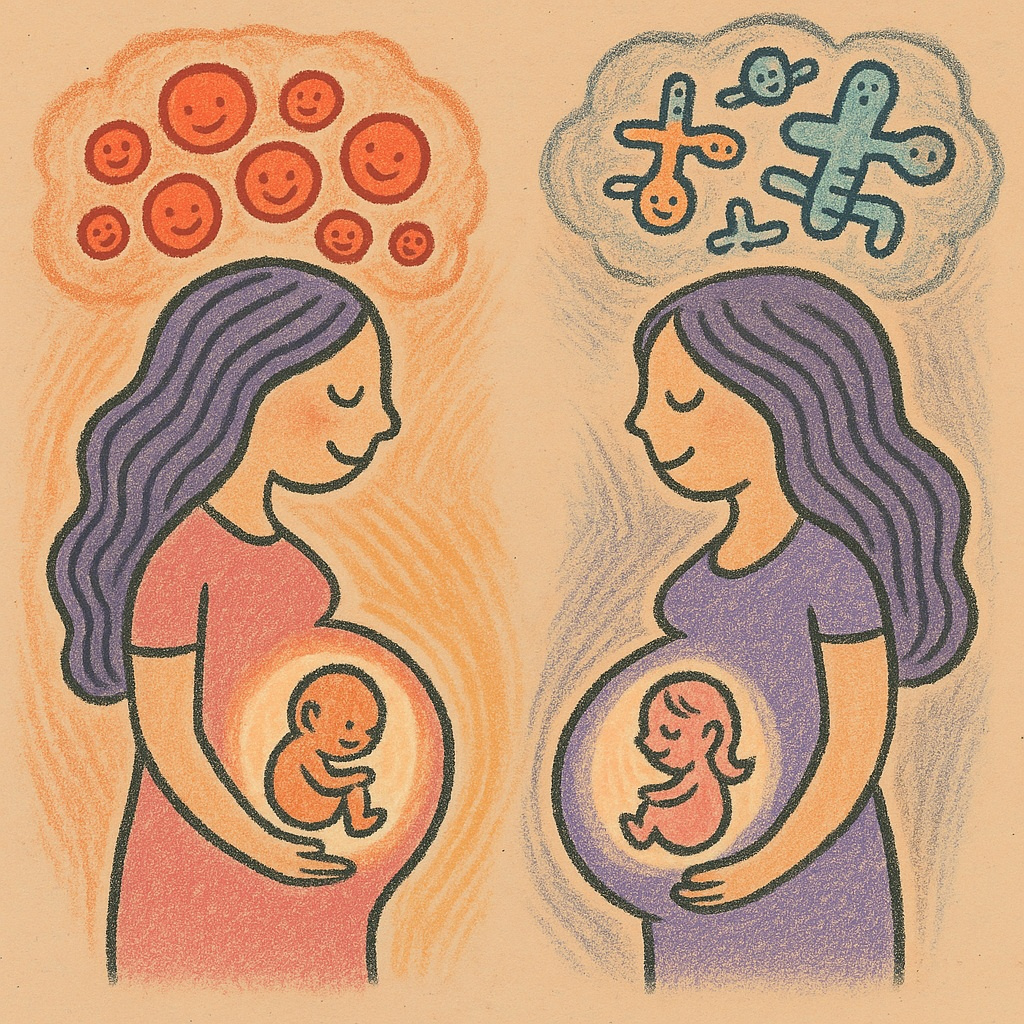
CholinotRFs: The tiny cholinergic regulators
Among the tRFs we studied, a subset stood out. These “CholinotRFs” had sequence complementarities to gene transcripts in the cholinergic system, a major player in stress response and cognitive functions. Using machine learning, we tested whether these fragments could classify newborns by their mothers’ prenatal stress. Interestingly, female but not male newborns showed CholinotRFs that were able to produce such classification with an AUC of 95%.
In other words, the group of short RNA fragments drew a molecular line between maternal prenatal stress and the newborn’s serum.
Looking ahead: A language of stress, spoken in code
Our study raises as many questions as it answers. We don't yet know if these tRF changes persist over time or if they directly influence health outcomes. But they give us a snapshot, a first glimpse of how the prenatal environment is etched into the molecular memory of a newborn.
If validated in larger cohorts, this approach could pave the way for early, non-invasive biomarkers of prenatal stress. It might help us identify which babies need extra support, long before symptoms arise.
We hope our work inspires other researchers to listen closely to the tRFs' music, and to hear them not as static pieces, but as dynamic members of families, telling stories of vulnerability, resilience, and perhaps even adaptation to stressful situations.
https://www.nature.com/articles/s41380-025-03011-2
Follow the Topic
-
Molecular Psychiatry

This journal publishes work aimed at elucidating biological mechanisms underlying psychiatric disorders and their treatment, with emphasis on studies at the interface of pre-clinical and clinical research.

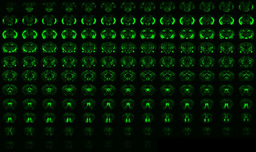
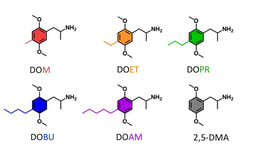
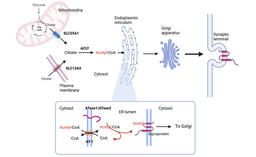
Please sign in or register for FREE
If you are a registered user on Research Communities by Springer Nature, please sign in